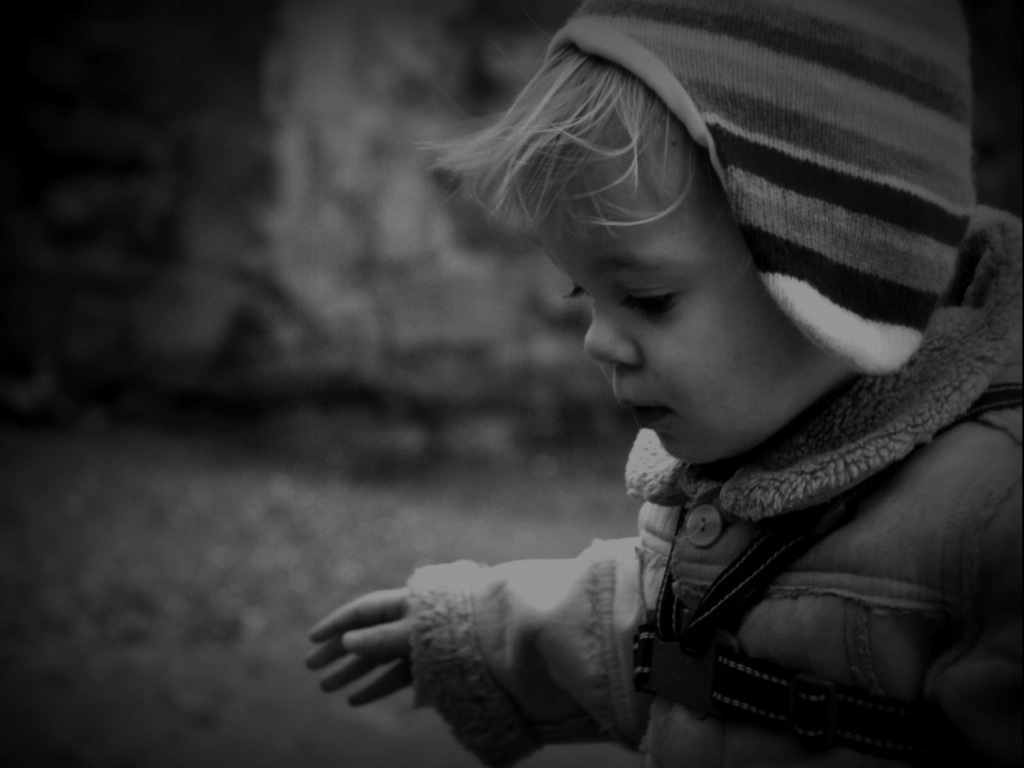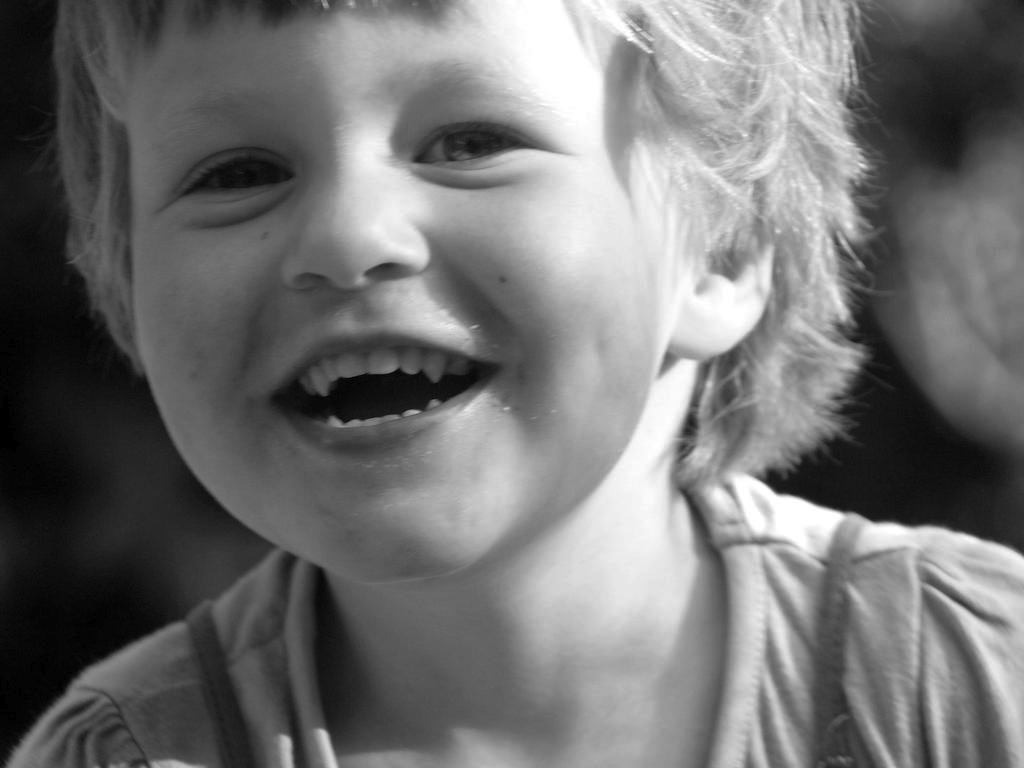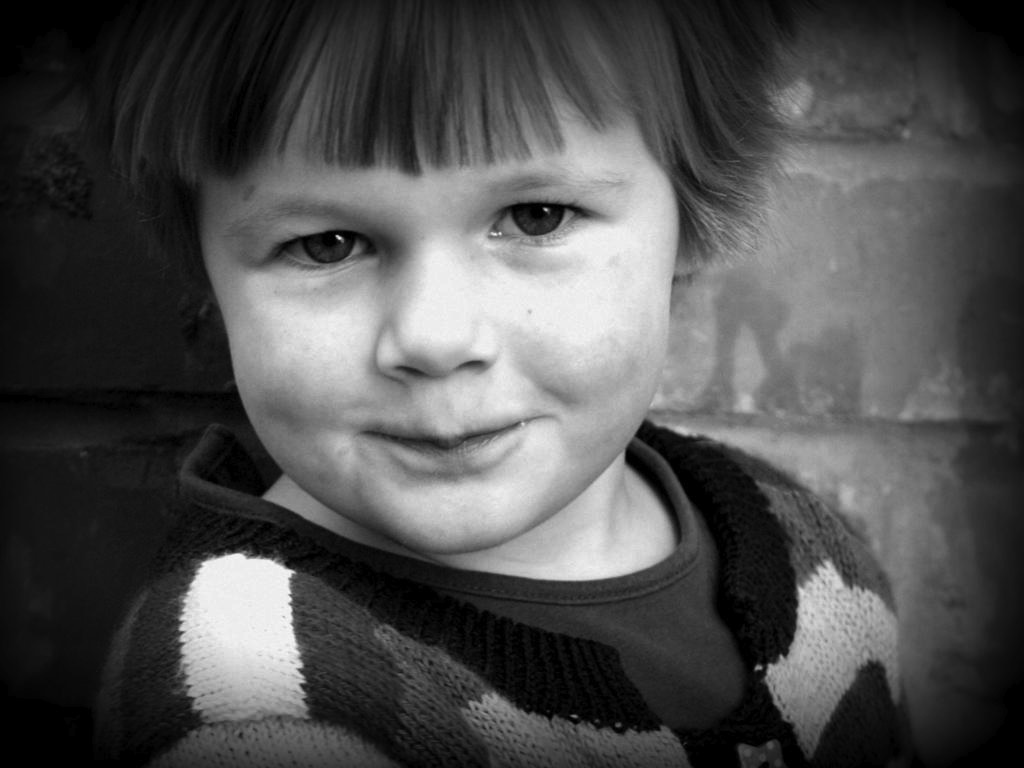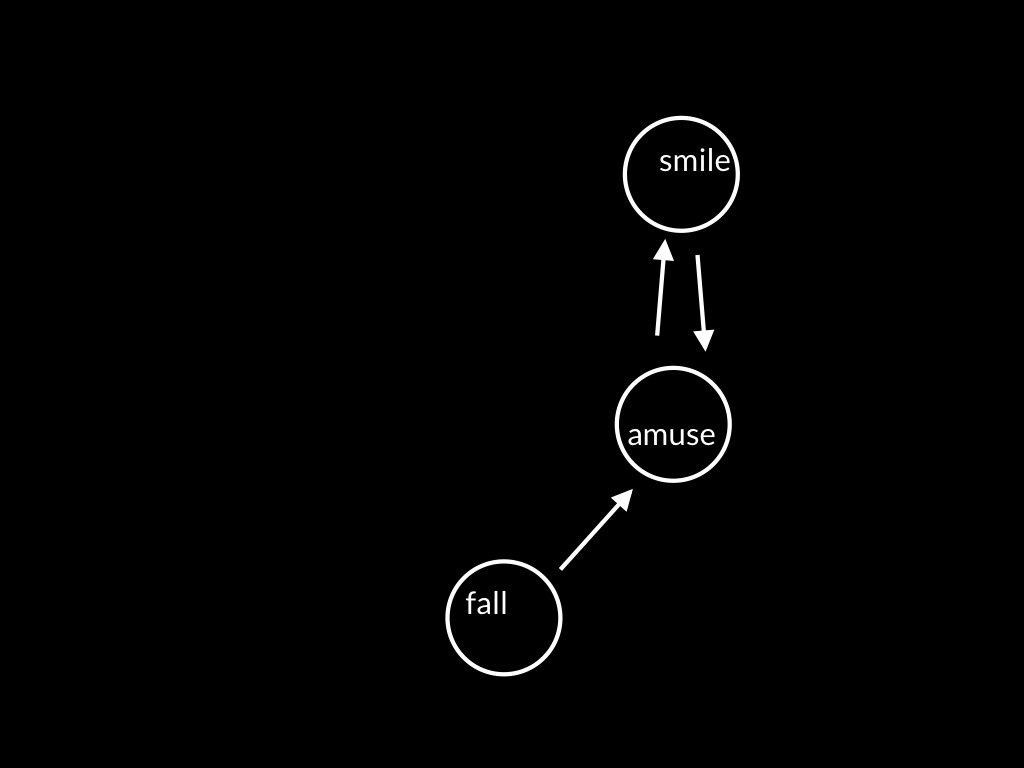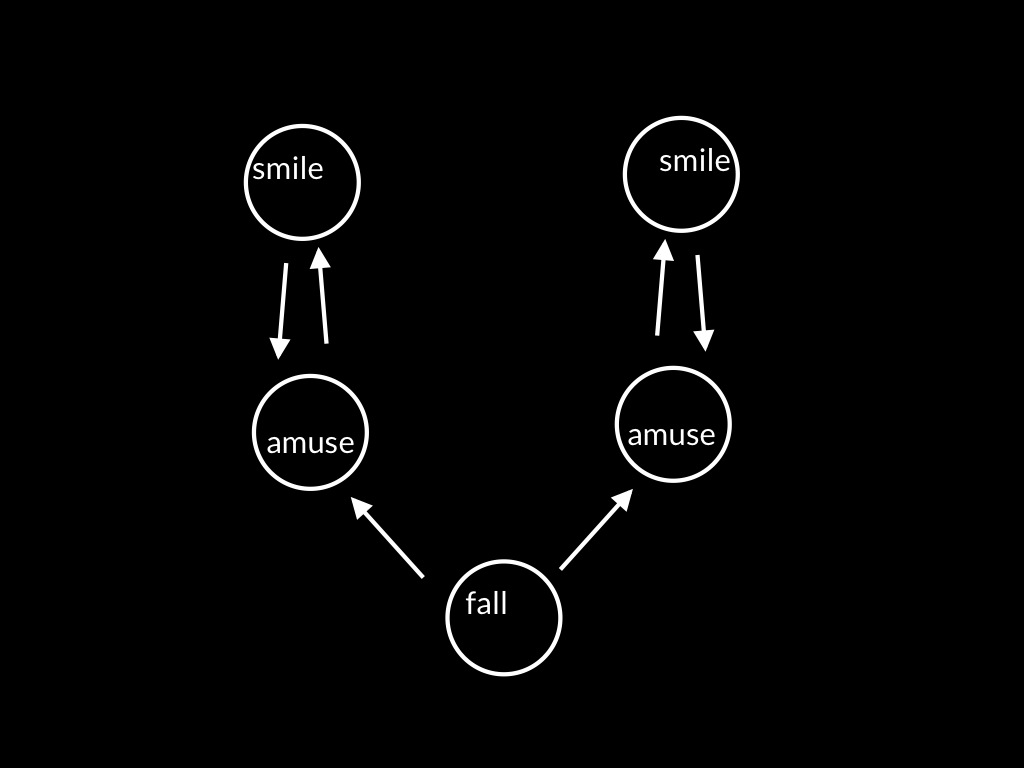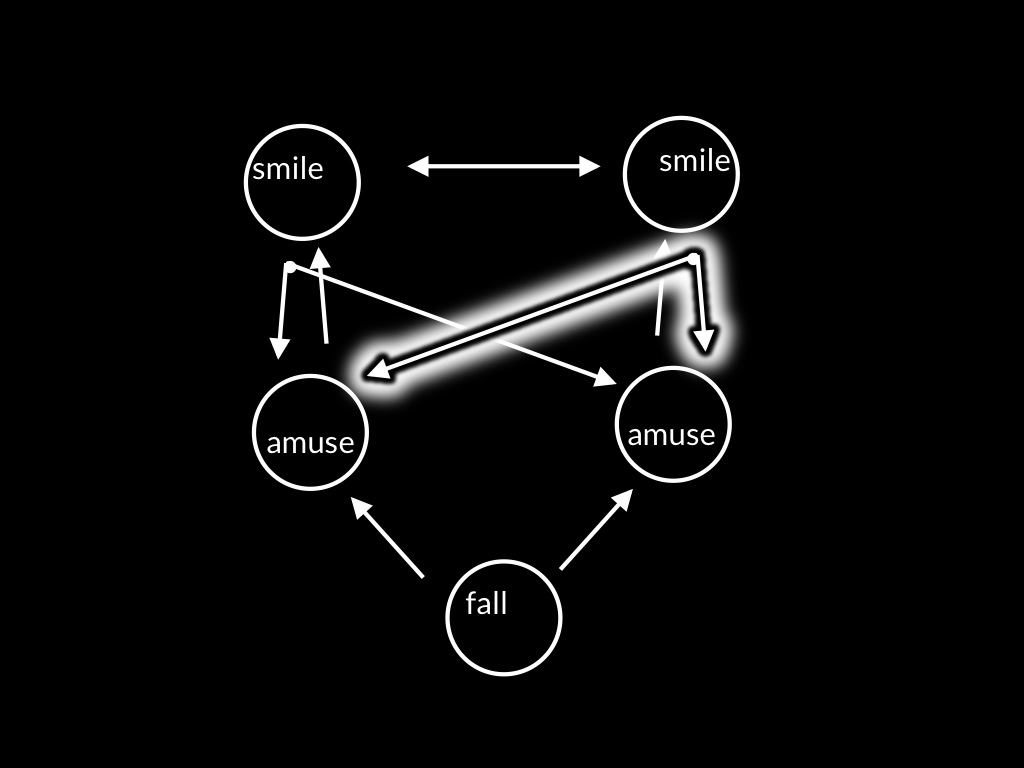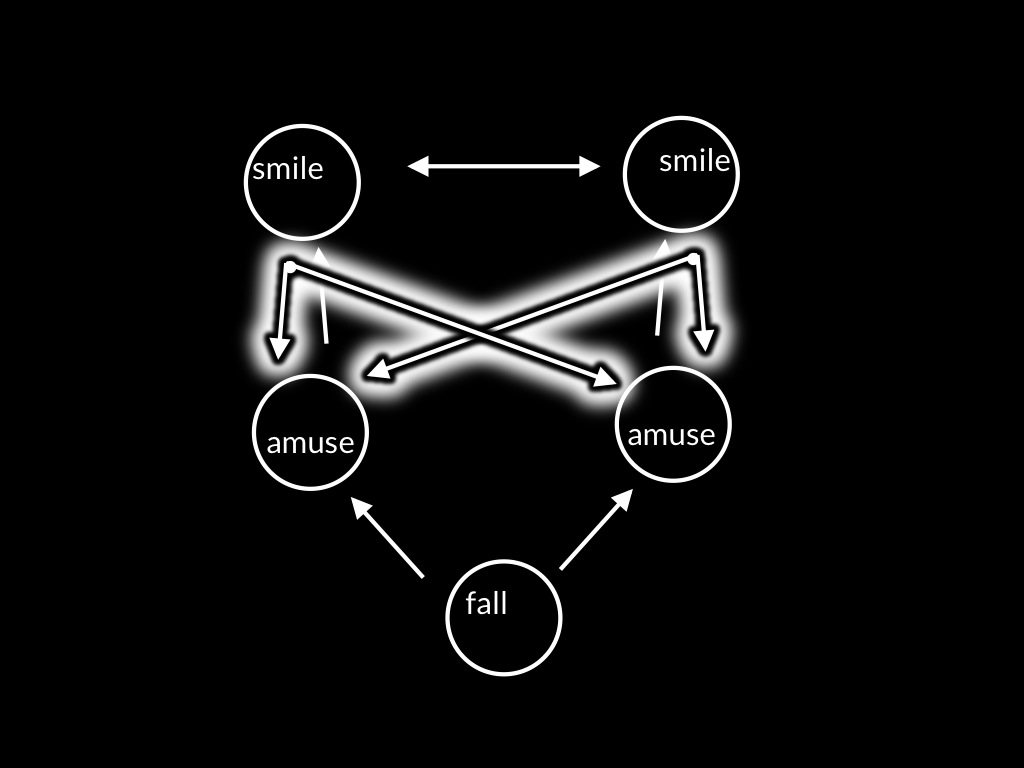Click here and press the right key for the next slide (or swipe left)
also ...
Press the left key to go backwards (or swipe right)
Press n to toggle whether notes are shown (or add '?notes' to the url before the #)
Press m or double tap to slide thumbnails (menu)
Press ? at any time to show the keyboard shortcuts
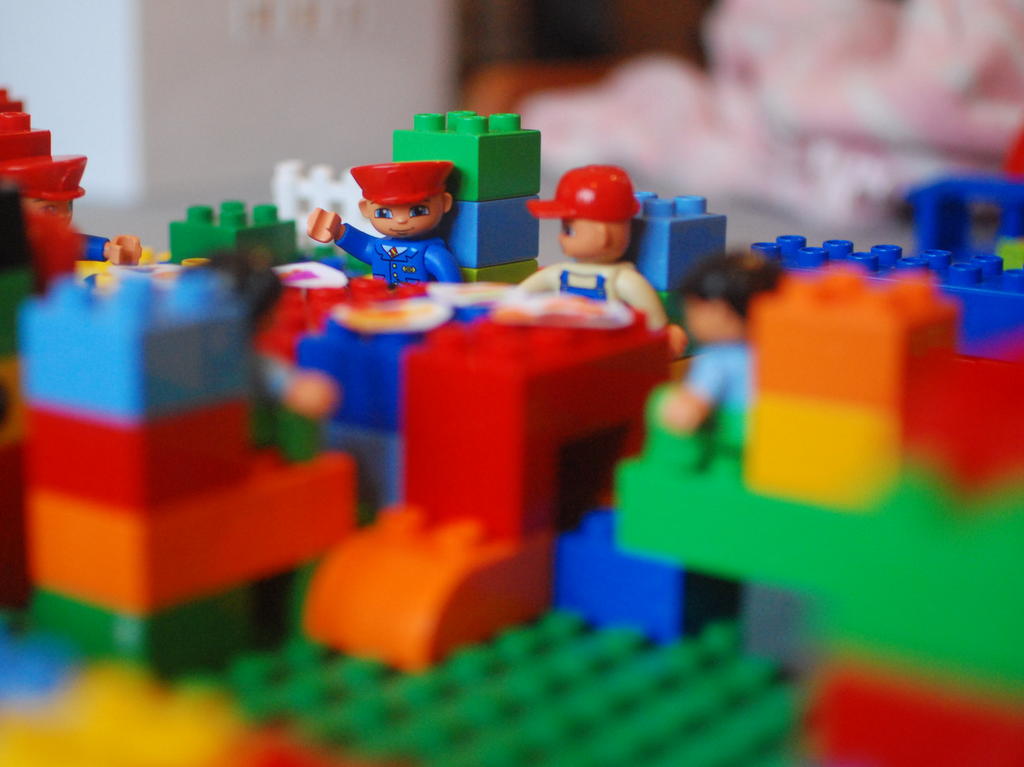
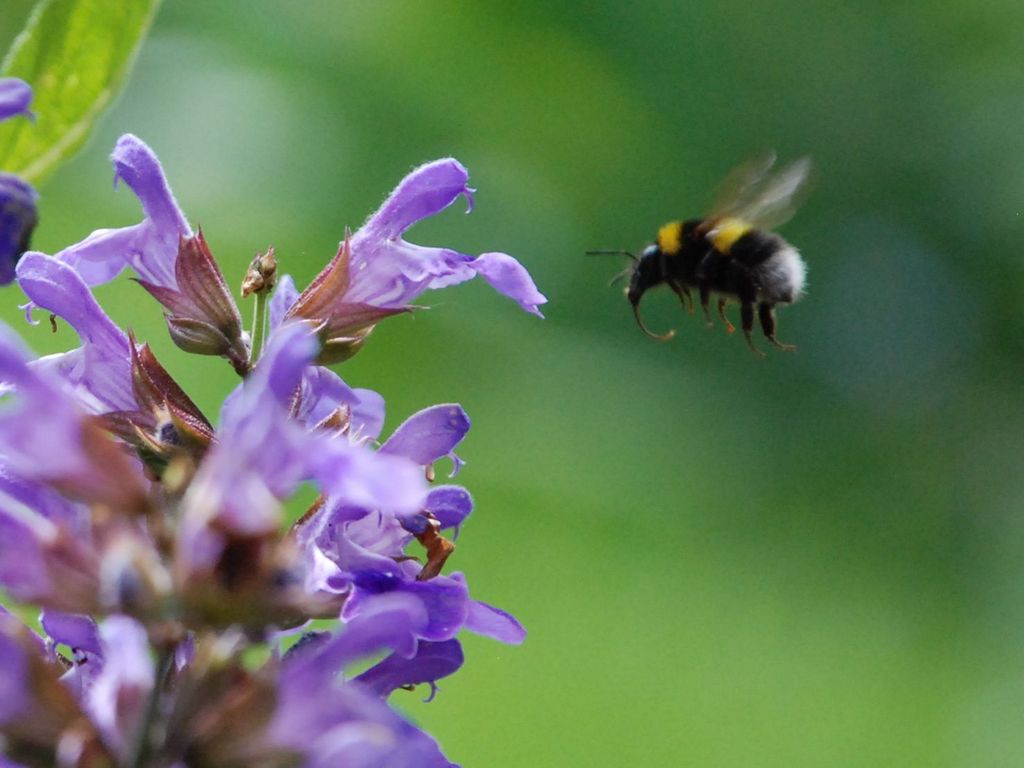
distributive vs collective
‘The injections saved her life.’
‘The goal of their actions is to find a new home.’

In virtue of what do actions involving multiple agents ever have collective goals?
Very Small Scale
Shared Agency
Small Scale
Shared Agency
Very Small Scale
Shared Agency
Playing a piano duet
Playing a chord together
Toasting our success together
Clinking glasses
Washing up together
Passing a plate between us

motor representations represent outcomes and trigger planning-like processes
Conjecture :
collective goals are represented motorically
I.e. sometimes, when two or more actions involving multiple agents are, or need to be, coordinated:
- Each represents a single outcome motorically, and
- in each agent this representation triggers planning-like processes
- concerning all the agents’ actions, with the result that
- coordination of their actions is facilitated.
- Each represents a single outcome motorically, and
- in each agent this representation triggers planning-like processes
- concerning all the agents’ actions, with the result that
- coordination of their actions is facilitated.
Conjecture :
collective goals are represented motorically
I.e. sometimes, when two or more actions involving multiple agents are, or need to be, coordinated:
- Each represents a single outcome motorically, and
- in each agent this representation triggers planning-like processes
- concerning all the agents’ actions, with the result that
- coordination of their actions is facilitated.
In virtue of what do actions involving multiple agents ever have collective goals?
cooperation?
Purposive actions are cooperative to the extent that, for each agent, her performing these actions rather than any other actions depends in part on how good an overall pattern of trade-offs between demandingness and well-suitedness can be achieved for all of the actions.
Where we each represent a collective goal motorically, our actions will normally be cooperative in this sense.
Limit: very small scale joint actions
break
Why motor representation?



‘informal observation including self-observation’ and my ‘own sense of the matter’.
(Gilbert, 2014 pp. 24, 358)
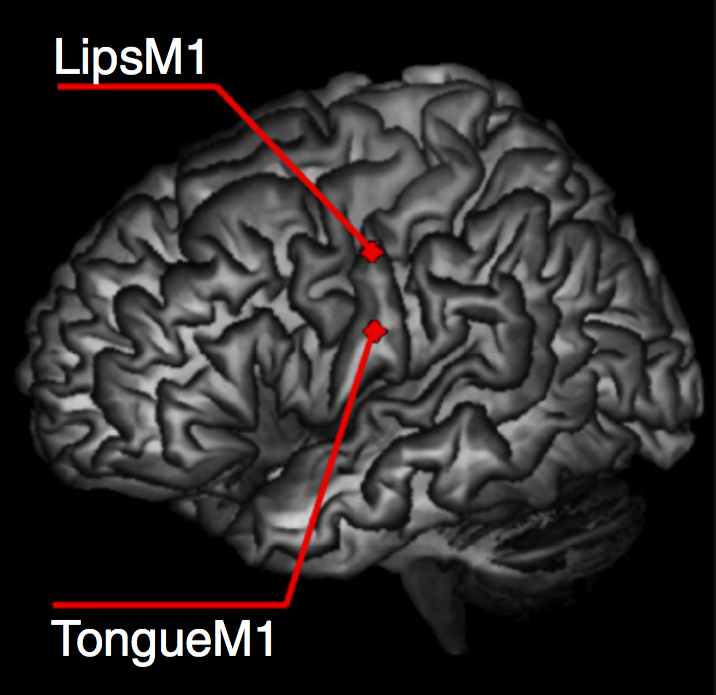
D'Ausilio et al (2009, figure 1)
Conjecture :
collective goals are represented motorically
I.e. sometimes, when two or more actions involving multiple agents are, or need to be, coordinated:
- Each represents a single outcome motorically, and
- in each agent this representation triggers planning-like processes
- concerning all the agents’ actions, with the result that
- coordination of their actions is facilitated.








In virtue of what
do very small scale joint actions
have collective goals?
Interagential structures of motor representations.
In virtue of what
are very small scale joint actions
ever trade-off cooperative?
Interagential structures of motor representations.
What about the Simple View Revised?
Simple View
Two or more agents perform an intentional joint action
exactly when there is an act-type, φ, such that
each agent intends that
they, these agents, φ together
and their intentions are appropriately related to their actions.
Simple View Revised
... and
we engage in parallel planning;
for each of us, the intention that we, you and I, φ together leads to action via our contribution to the parallel planning
(where the intention, the planning and the action are all appropriately related).
Some intentions specify collective goals.
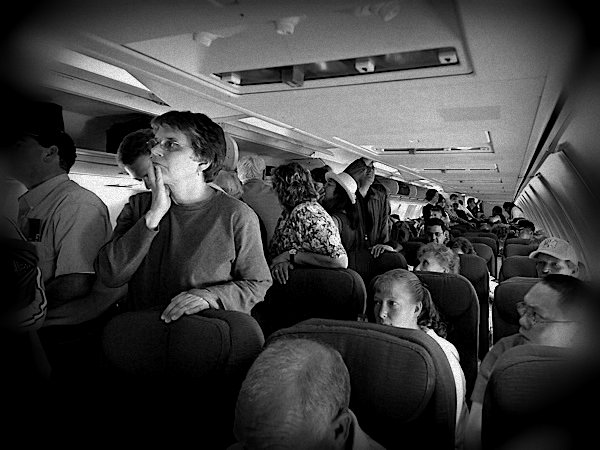
The Simple View
Two or more agents perform an intentional joint action
exactly when there is an act-type, φ, such that
each agent intends that
they, these agents, φ together
and their intentions are appropriately related to their actions.
In virtue of what
do very small scale joint actions
have collective goals?
Interagential structures of motor representations.
In virtue of what
are very small scale joint actions
ever trade-off cooperative?
Interagential structures of motor representations.
break
Question
What distinguishes genuine joint actions from parallel but merely individual actions?
Requirement
Any account of shared agency must draw a line between joint actions and parallel but merely individual actions.
Aim
Which forms of shared agency underpin our social nature?




shared intention
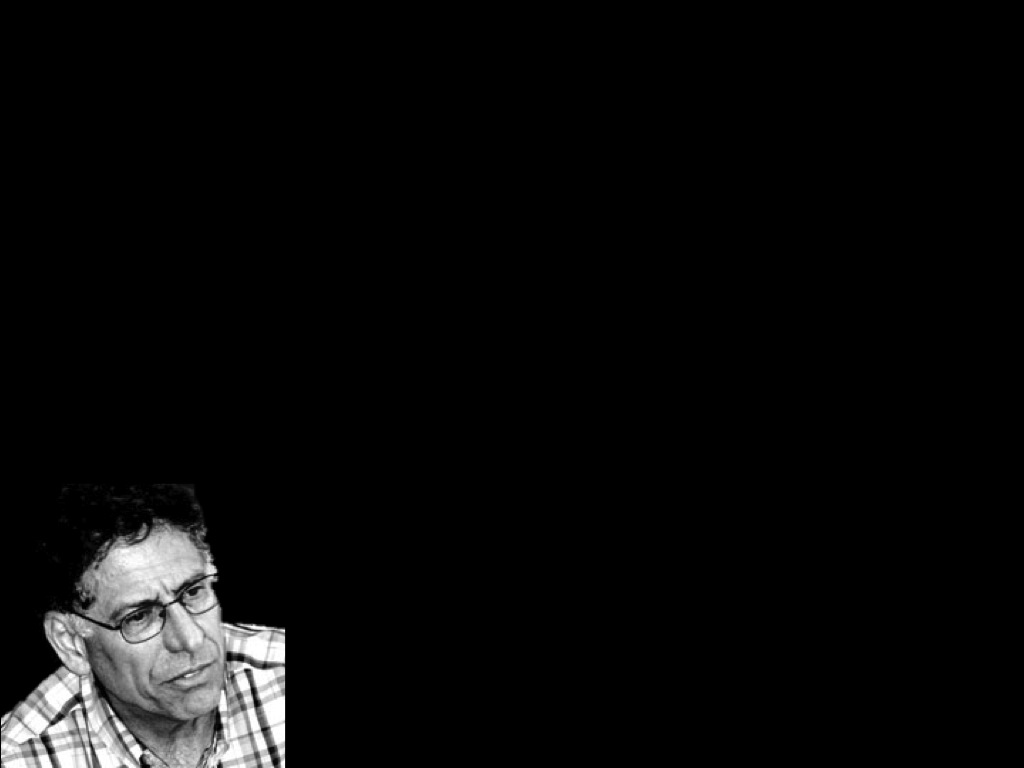
‘joint activity is explained by such a shared intention; whereas no such explanation is available for the combined activity’ of those acting in parallel but merely individually.
‘This does not, however, get us very far; for we do not yet know what a shared intention is’
Bratman, 2009 p. 152
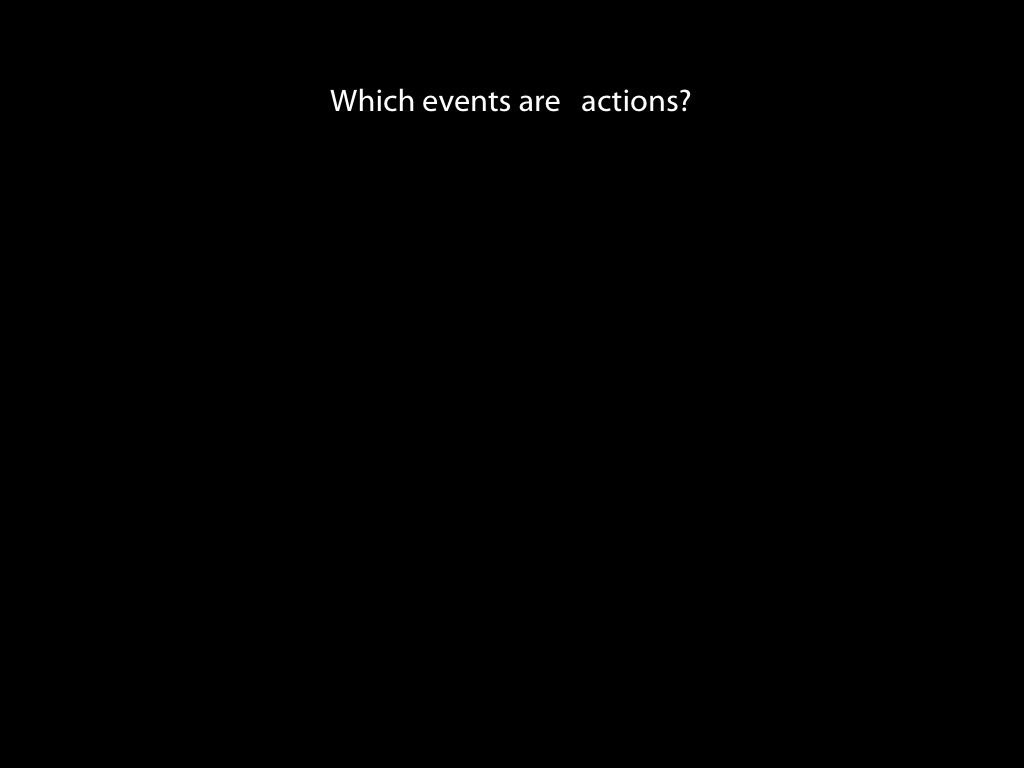
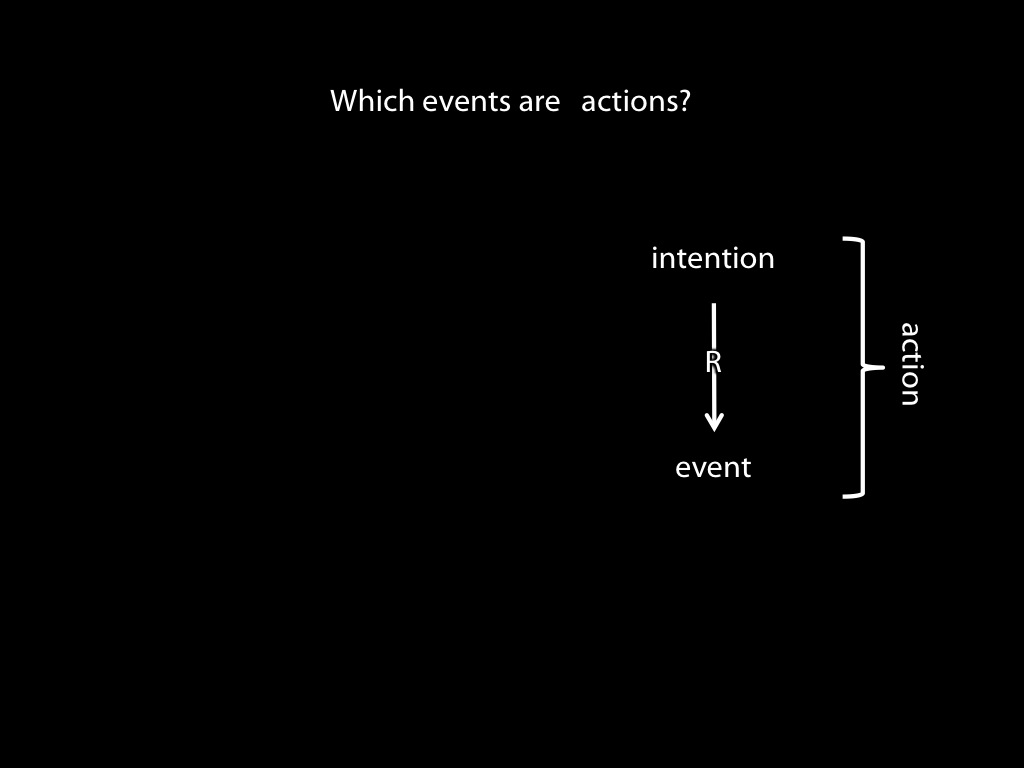
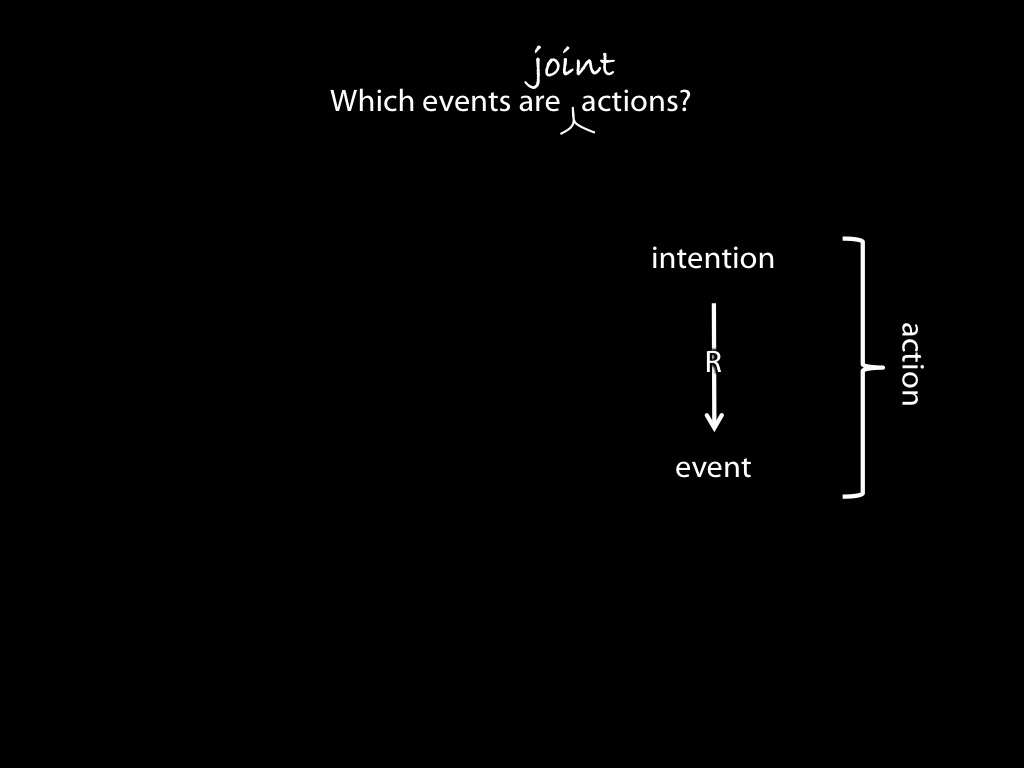
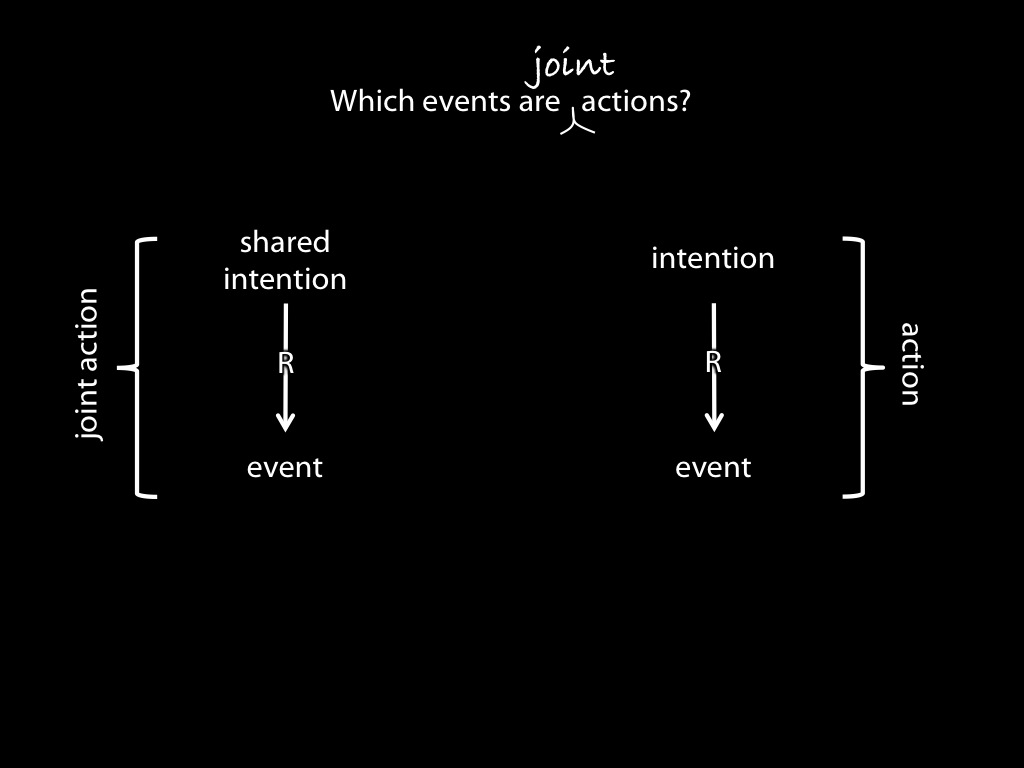
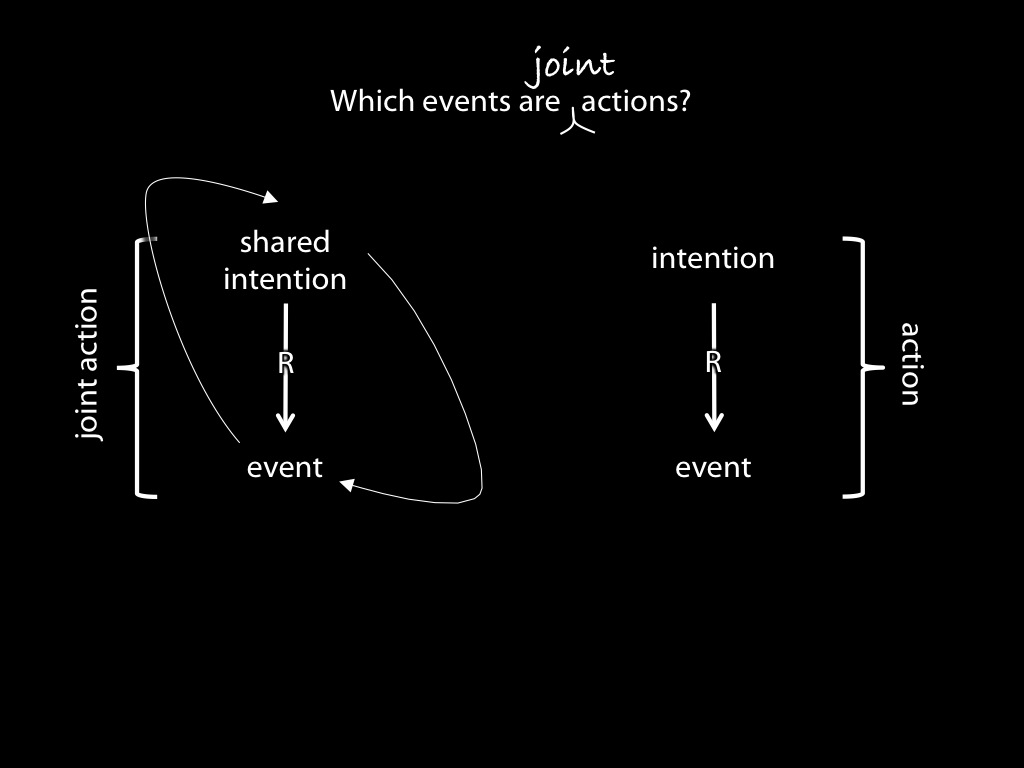
Challenge: Give an account of shared intention.
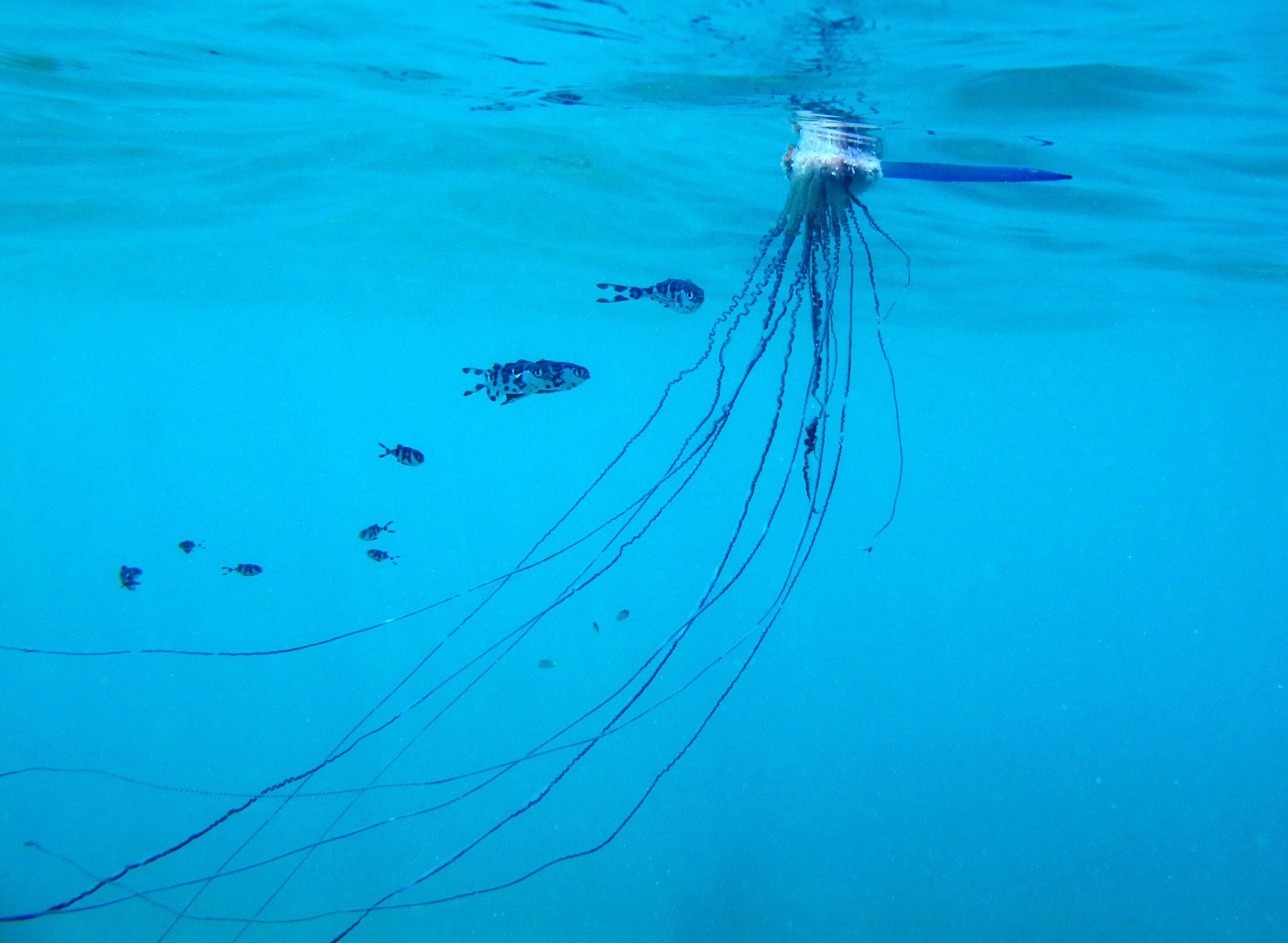
aggregate subject
Simple View
Two or more agents perform an intentional joint action
exactly when there is an act-type, φ, such that
each agent intends that
they, these agents, φ together
and their intentions are appropriately related to their actions.
Simple View Revised
... and
we engage in parallel planning;
for each of us, the intention that we, you and I, φ together leads to action via our contribution to the parallel planning
(where the intention, the planning and the action are all appropriately related).
Question
What distinguishes genuine joint actions from parallel but merely individual actions?
Requirement
Any account of shared agency must draw a line between joint actions and parallel but merely individual actions.
Aim
Which forms of shared agency underpin our social nature?
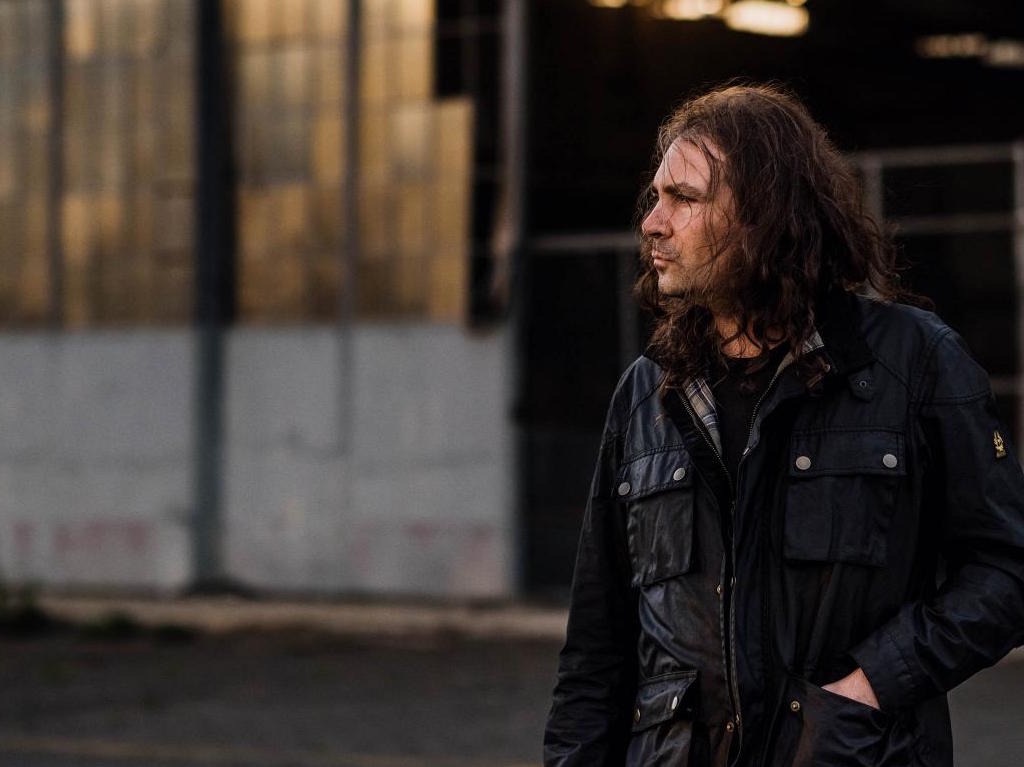
a deeper understanding
Separate
the thing to be explained
from
the thing that explains it.
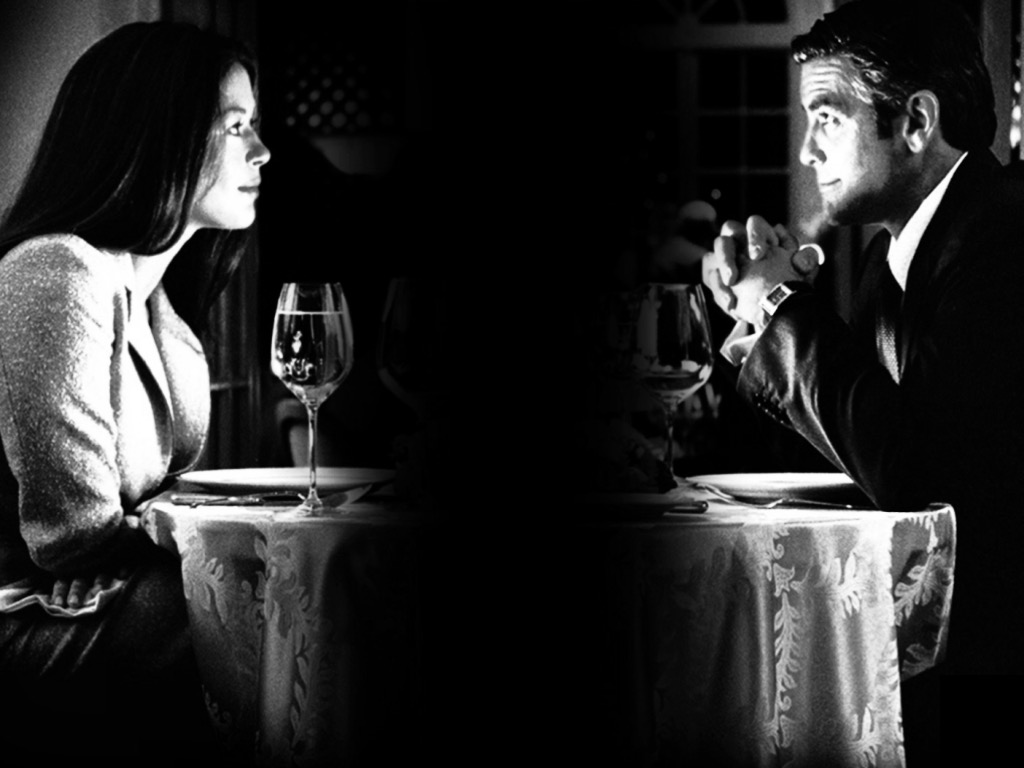
How to ground a theory of joint action?
Step 1: identify features ...
- collective goals
- coordination
- cooperation
- contralateral commitments
- experience
Step 2: ... which generate how questions.
Bratman on strategic equilibrium: This ‘seems not by itself to ensure the kind of sociality we are after [...] a shared activity of the sort we are trying to understand---[...] in the relevant sense, walking together [... There are] important aspects of such shared activities that seem not to be captured [...] our job is to say what those aspects are and how best to understand them’
How to ground a theory of joint action?
Step 1: identify features ...
- collective goals
- coordination
- cooperation
- contralateral commitments
- experience
Step 2: ... which generate how questions.
conclusion
Which forms of shared agency underpin our social nature?

Rakoczy et al (in progress)
Which forms of shared agency underpin our social nature?
Conjecture:
Shared agency begins with primitive forms of acting together.
Interagential structures of motor representation provide a basis for insight.
Ultimately, sophistication hinges on our becoming self-reflective aggregate agents.

Sharing a Smile
